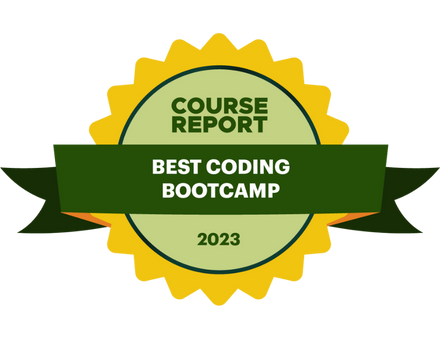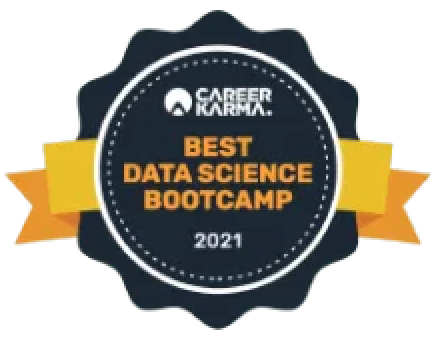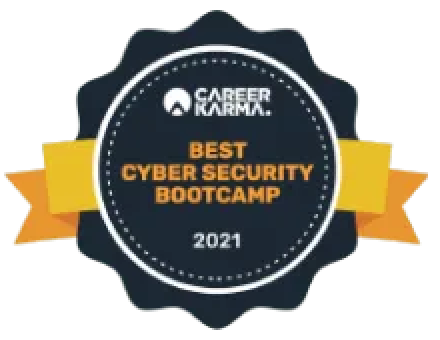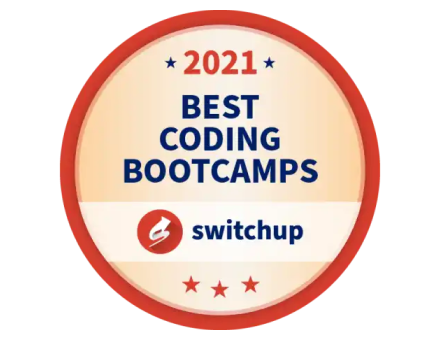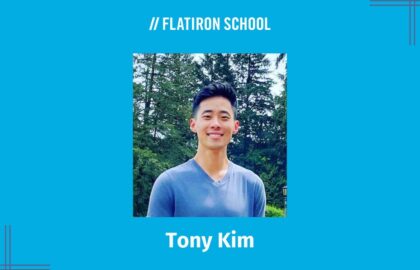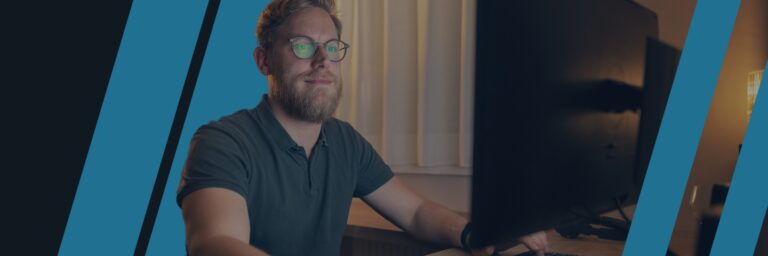
What We Teach

Software Engineering
Gain a foundation in software engineering by building full-stack web applications using back-end and front-end programming languages, frameworks, and artificial intelligence tools.
Possible career paths:
Full Stack Developer, Web Developer, Software Engineer, and Prompt Engineer.

Data Science
Discover how to gather data from various sources as well as apply statistical analyses, artificial intelligence, and machine learning techniques to answer questions and make the information actionable.
Possible career paths:
Data Analyst, Business Intelligence Analyst, AI Engineer, and Data Scientist.

Cybersecurity
Gain a foundation in network and systems security, Python, risk and compliance, logs and detection, threat intelligence, applied cryptography, and how to leverage artificial intelligence tools.
Possible career paths:
Cyber Engineer, Penetration Tester, Security Analyst, and Security Consultant.

Artificial Intelligence
Learn to develop AI models with the world’s most popular languages, tools, and techniques. From learning the basics of Python to creating your first artificial intelligence.
Possible career paths:
AI Engineer, Machine Learning Engineer, Data Scientist, AI Researcher, and AI Product Manager
Your Life Won’t Wait For A Career Change
Our programs offer maximum flexibility to fit education into your life – not the other way around.
Full-Time
You’re ready to commit to a full-time course load. You’ll graduate in 12 or 15 weeks, depending on the program.
- 12 or 15 weeks
- 100% online
- Learn along with your cohort
- Course highlights:
- Learn from industry experts with real-world experience
- Project-based learning
- Optional weekly sessions with your facilitator
- Discord with classmates and other Flatiron students
Part-Time
Our part-time course is designed for busy people. If you don’t have 8 hours to dedicate a day, then part-time is for you.
- 36, 45, or 48 weeks
- 100% online
- Flexible learning at your own pace
- Course highlights:
- Learn from industry experts with real-world experience
- Project-based learning
- Optional weekly sessions with your facilitator
- Discord with classmates and other Flatiron students
Our Awards
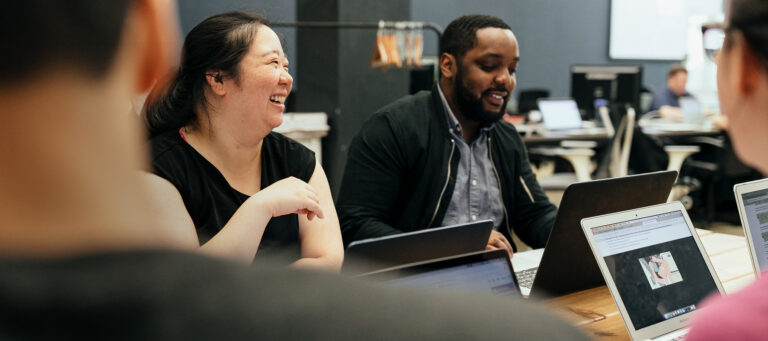
Learn More About Our Coding Bootcamps
There’s a lot to consider when choosing a coding course – check out our blog for alumni stories, industry trends, and career advice.
